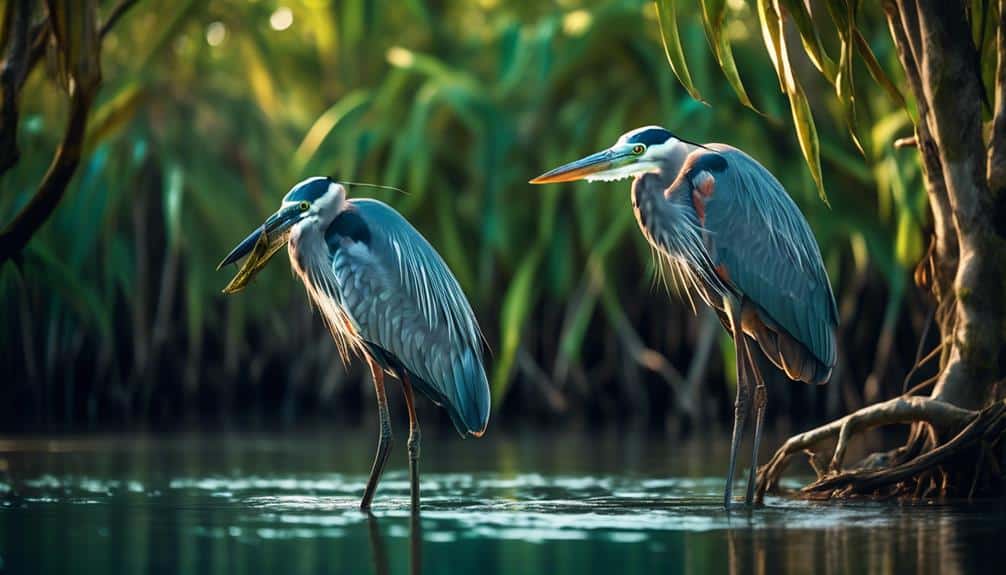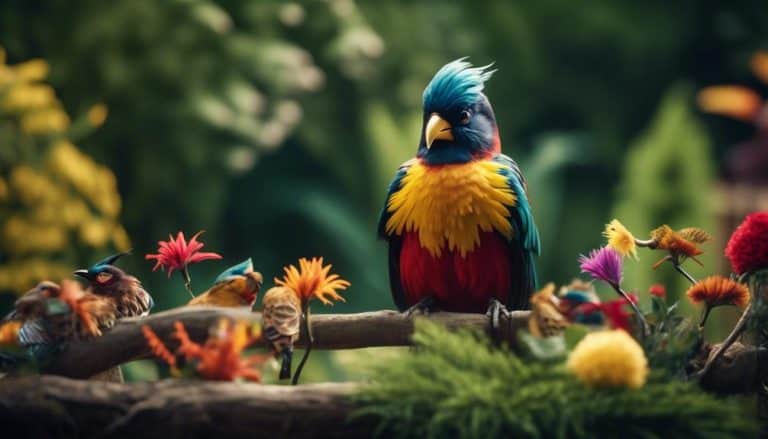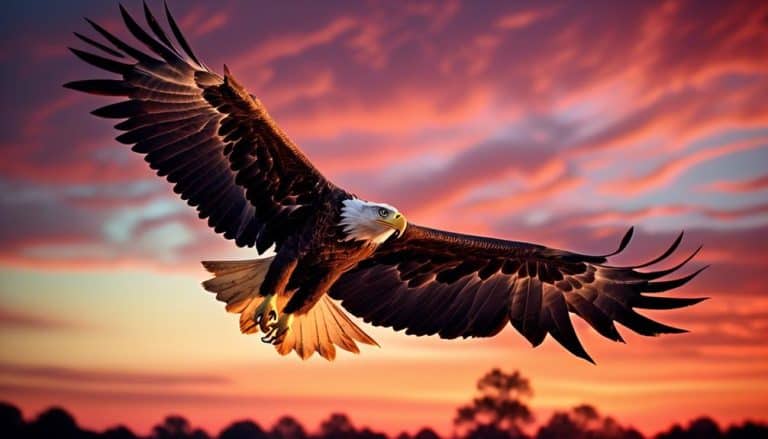As I stepped into the vibrant wilderness of Florida, I found myself surrounded by a tapestry of colors and sounds.
Amongst the lush greenery and azure skies, a particular group of brown birds caught my attention. These avian creatures, with their earthy feathers and gentle chirps, seemed to possess a hidden allure that begged further exploration.
Curiosity piqued, I embarked on a journey to uncover the secrets of these enigmatic brown birds, and what I discovered left me in awe.
Sandhill Crane
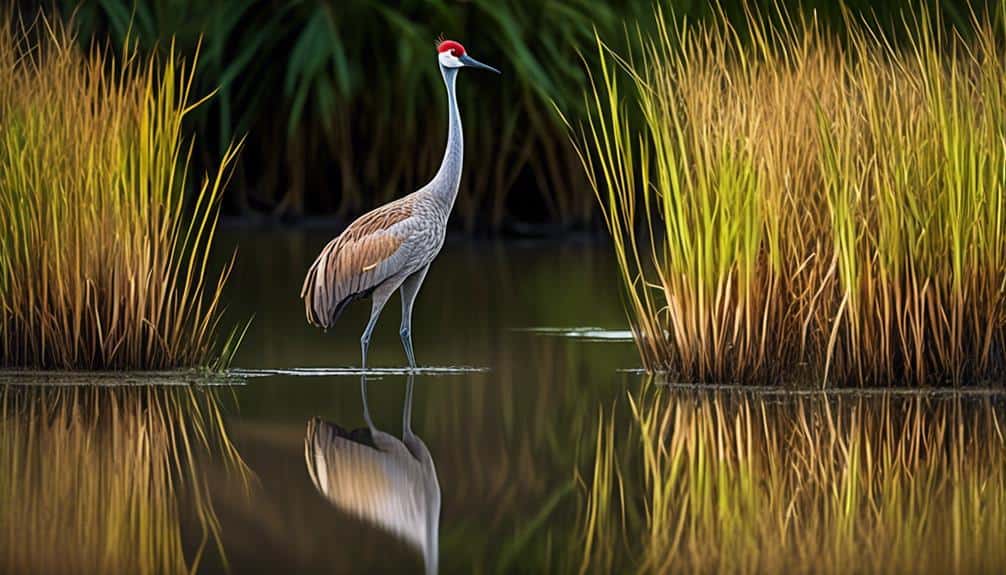
The Sandhill Crane, a large, migratory bird species found in Florida, is known for its distinctive red forehead patch and loud, trumpeting calls. These elegant birds can be found in a variety of habitats throughout the state. They prefer wetlands such as marshes, swamps, and flooded fields, where they can find ample food sources, including insects, small mammals, and plant matter. However, they can also be seen in upland areas such as grasslands and prairies.
Sandhill cranes are known for their impressive migration patterns. Every year, they undertake long journeys between their breeding grounds in the northern United States and Canada and their wintering grounds in Florida. These migrations can span thousands of miles, with some individuals traveling from as far as Alaska. They typically travel in large, V-shaped flocks, utilizing thermal updrafts to conserve energy during their flight.
During migration, sandhill cranes rely on specific stopover sites to rest and refuel. These sites often consist of wetland areas with abundant food resources, providing the cranes with the necessary energy for their long journeys. These stopover sites play a crucial role in the survival and successful completion of their migratory routes.
Understanding the habitat preferences and migration patterns of sandhill cranes is essential for their conservation. By protecting and preserving their preferred habitats and providing suitable stopover sites, we can ensure the continued survival of this remarkable bird species.
Brown Thrasher
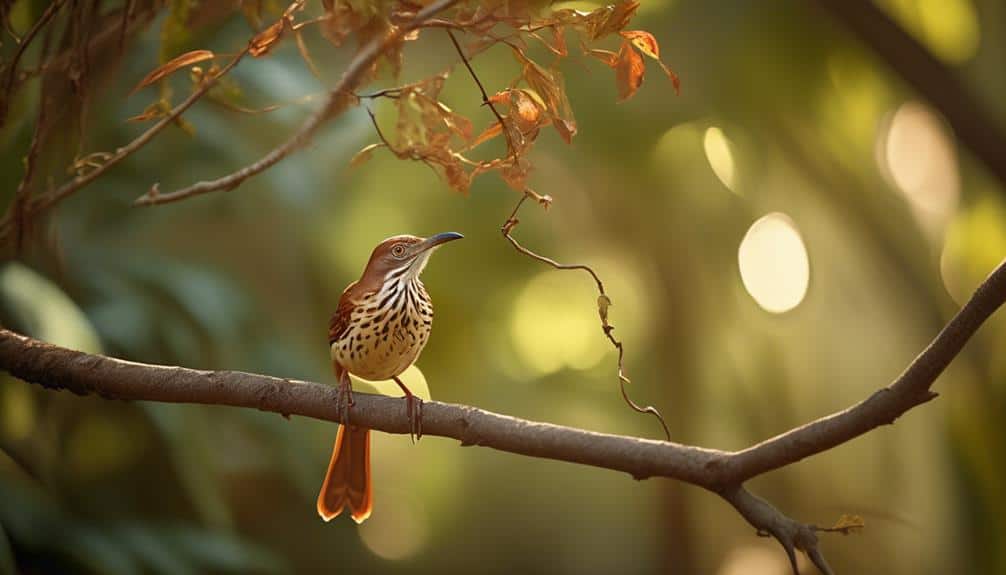
After exploring the migratory patterns of the Sandhill Crane, it's fascinating to delve into the world of the Brown Thrasher, a unique brown bird species found in Florida. The Brown Thrasher, scientifically known as Toxostoma rufum, is a medium-sized bird that prefers habitats with dense shrubs and thickets. It can be found in various habitats, such as forests, woodlands, and suburban areas, as long as there's suitable vegetation for nesting and foraging.
When it comes to feeding habits, the Brown Thrasher is primarily an omnivore. It has a diverse diet that consists of insects, berries, fruits, seeds, and even small reptiles. It uses its long, curved bill to probe the ground and leaf litter in search of insects and other invertebrates, and it also uses its sharp bill to crush the shells of small snails and nuts. The Brown Thrasher is known for its distinctive behavior of vigorously flipping leaves and branches to uncover hidden prey.
Northern Mockingbird
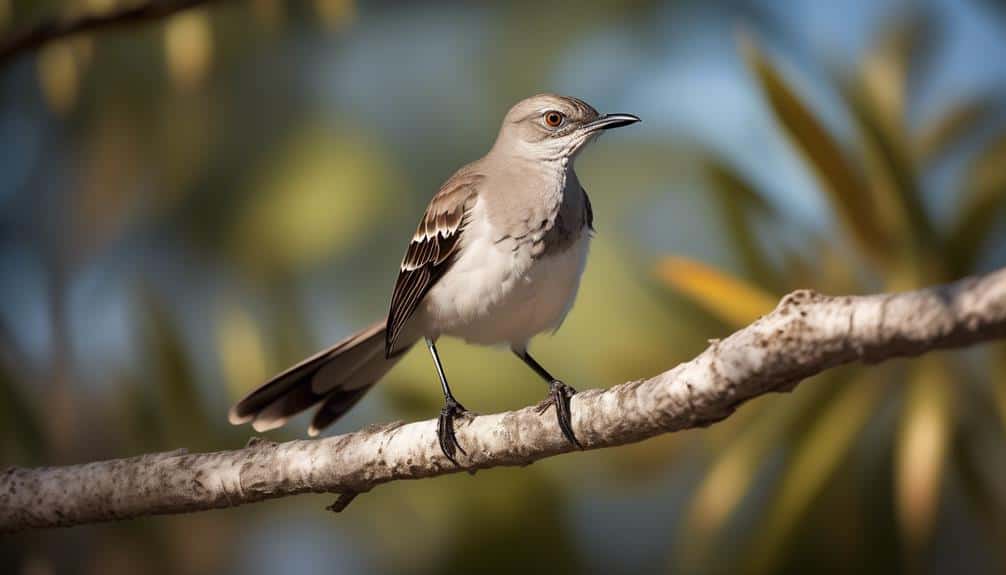
Commonly found in Florida, the Northern Mockingbird, scientifically known as Mimus polyglottos, is a remarkable bird species known for its exceptional vocal abilities and widespread distribution. Mimicry behavior is one of the most fascinating traits of the Northern Mockingbird. These birds have the remarkable ability to mimic the sounds of other birds, animals, and even human-made sounds. They can imitate the calls of over 200 different species, making their songs complex and diverse. This mimicry behavior is thought to serve various purposes, including attracting mates, establishing territory, and warding off potential threats.
When it comes to diet, Northern Mockingbirds are omnivorous, meaning they consume both plant and animal matter. Their diet mainly consists of insects, fruits, berries, and seeds. They're proficient hunters and can catch insects on the ground or in the air. Their sharp beak allows them to extract seeds from fruits and berries. They're also known to feed on small lizards and even small rodents if the opportunity arises.
In terms of habitat preferences, Northern Mockingbirds are highly adaptable and can be found in a wide range of environments. They're commonly found in open areas such as parks, gardens, and suburban areas. They prefer areas with dense vegetation where they can build their nests and find ample food sources. However, they can also be found in coastal areas, forests, and even urban environments.
Loggerhead Shrike
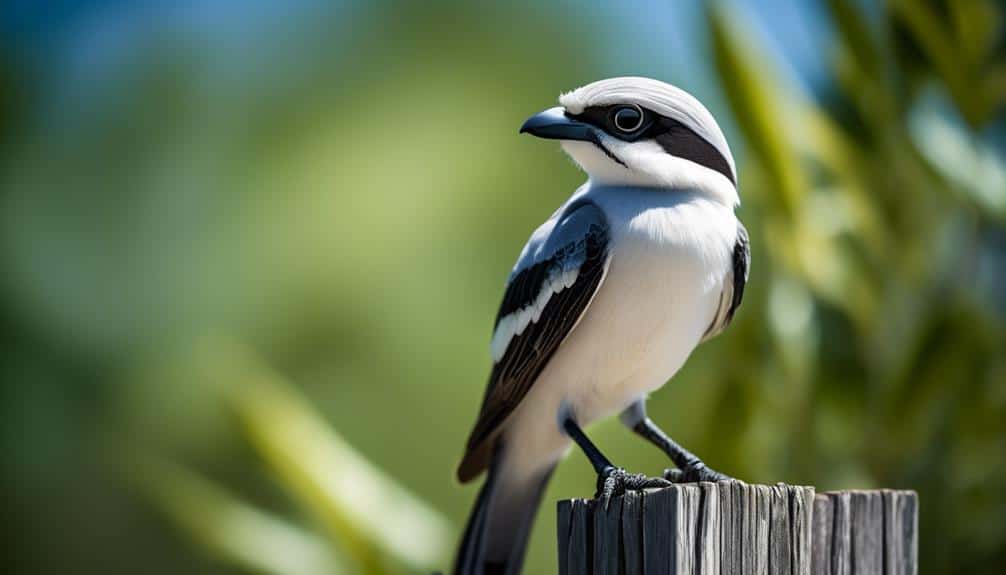
I find the Loggerhead Shrike to be a fascinating bird species due to its unique hunting behavior and distinctive physical characteristics. The Loggerhead Shrike, also known as the 'butcher bird,' possesses a sharp, hooked beak that it uses to impale its prey on thorns or barbed wire fences. This behavior allows the shrike to store its prey for later consumption, giving it an advantage in times of scarcity.
Here are four interesting facts about the Loggerhead Shrike:
- Hunting behavior: The Loggerhead Shrike is a predatory bird that primarily feeds on insects, small birds, mammals, and reptiles. It has a keen eye for spotting its prey from perches and uses its powerful beak to capture and kill its victims.
- Impaling behavior: One of the most distinctive behaviors of the Loggerhead Shrike is its habit of impaling its prey on thorns or sharp objects. This behavior not only helps the shrike store its food but also facilitates feeding by tearing off smaller pieces.
- Conservation status: The Loggerhead Shrike is currently listed as near-threatened on the IUCN Red List. Its population has been declining due to habitat loss, pesticide use, and collisions with man-made structures.
- Breeding habits: Loggerhead Shrikes are monogamous birds that breed during the spring and summer months. They construct nests in shrubs or trees and lay a clutch of 4-8 eggs. Both parents participate in incubation and feeding the young.
Eastern Meadowlark
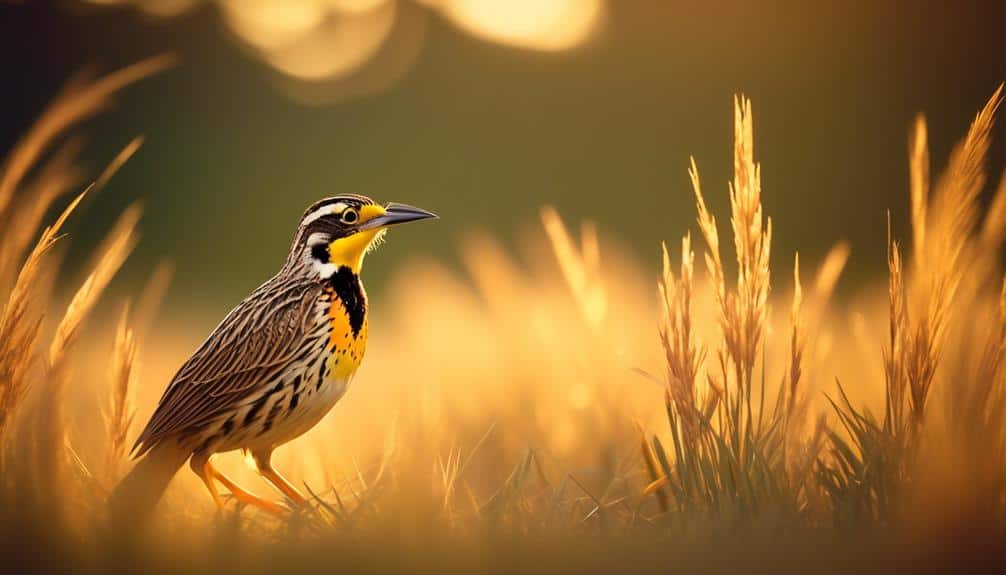
The Loggerhead Shrike, with its unique hunting behavior and distinctive physical characteristics, paves the way for our discussion on the Eastern Meadowlark, a remarkable bird species found in Florida. The Eastern Meadowlark (Sturnella magna) is a medium-sized bird known for its beautiful song and vibrant yellow breast with a black V-shaped pattern. It is commonly found in open grasslands, pastures, and agricultural fields throughout Florida, preferring habitats with tall grasses and scattered shrubs. This bird species is well-adapted to open areas, as it forages on the ground for insects, seeds, and small vertebrates. To highlight the Eastern Meadowlark's habitat preferences and breeding behavior, I have created the following table:
| Habitat Preferences | Breeding Behavior |
|---|---|
| Open grasslands | Ground nests |
| Pastures | Monogamous |
| Agricultural fields | Song duets |
| Tall grasses | Territorial |
The Eastern Meadowlark's ground nests are often hidden among tall grasses, providing protection from predators. During the breeding season, these birds form monogamous pairs and defend their territories. Interestingly, Eastern Meadowlarks engage in song duets, where both the male and female participate in singing to establish their pair bond and defend their territory. Their melodious songs can be heard from a distance, adding to the beauty of Florida's grasslands. Overall, the Eastern Meadowlark's habitat preferences and breeding behavior make it a fascinating bird species to observe in its natural environment.
Frequently Asked Questions
What Is the Lifespan of a Sandhill Crane?
The lifespan of a sandhill crane can vary, but it is typically estimated to be around 20-30 years. These birds have relatively low reproduction rates, with most pairs only producing one or two chicks per year.
How Does the Brown Thrasher Build Its Nest?
When it comes to nest building, the brown thrasher is quite industrious. Using a variety of materials such as twigs, leaves, and grass, it constructs a sturdy and well-hidden nest to protect its eggs and young.
Do Northern Mockingbirds Migrate During the Winter?
Yes, mockingbirds in Florida do migrate during the winter. They adapt to the colder season by finding warmer habitats in the southern regions. This migration helps them find food and avoid the harsh winter conditions.
What Is the Hunting Behavior of a Loggerhead Shrike?
Loggerhead shrikes are known for their unique hunting techniques. They impale their prey, such as insects and small vertebrates, on thorns or barbed wire. This behavior allows them to store food for later consumption. Additionally, sandhill crane mating rituals involve elaborate dances and vocalizations.
How Does the Eastern Meadowlark Communicate With Other Birds?
The Eastern meadowlark communicates with other birds through a variety of vocalizations. One interesting statistic is that it has over 50 different songs in its repertoire, each used for different purposes like attracting mates or defending territory.
Conclusion
In conclusion, although Florida is home to a variety of fascinating bird species, such as the Sandhill Crane, Brown Thrasher, Northern Mockingbird, Loggerhead Shrike, and Eastern Meadowlark, some may argue that the abundance of brown birds in the state may make them less visually appealing.
However, it's important to appreciate the diversity and ecological significance of these birds, as they play crucial roles in maintaining the balance of Florida's ecosystems.
Their unique characteristics and behaviors make them valuable subjects for scientific study and conservation efforts.

